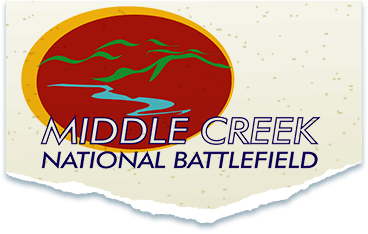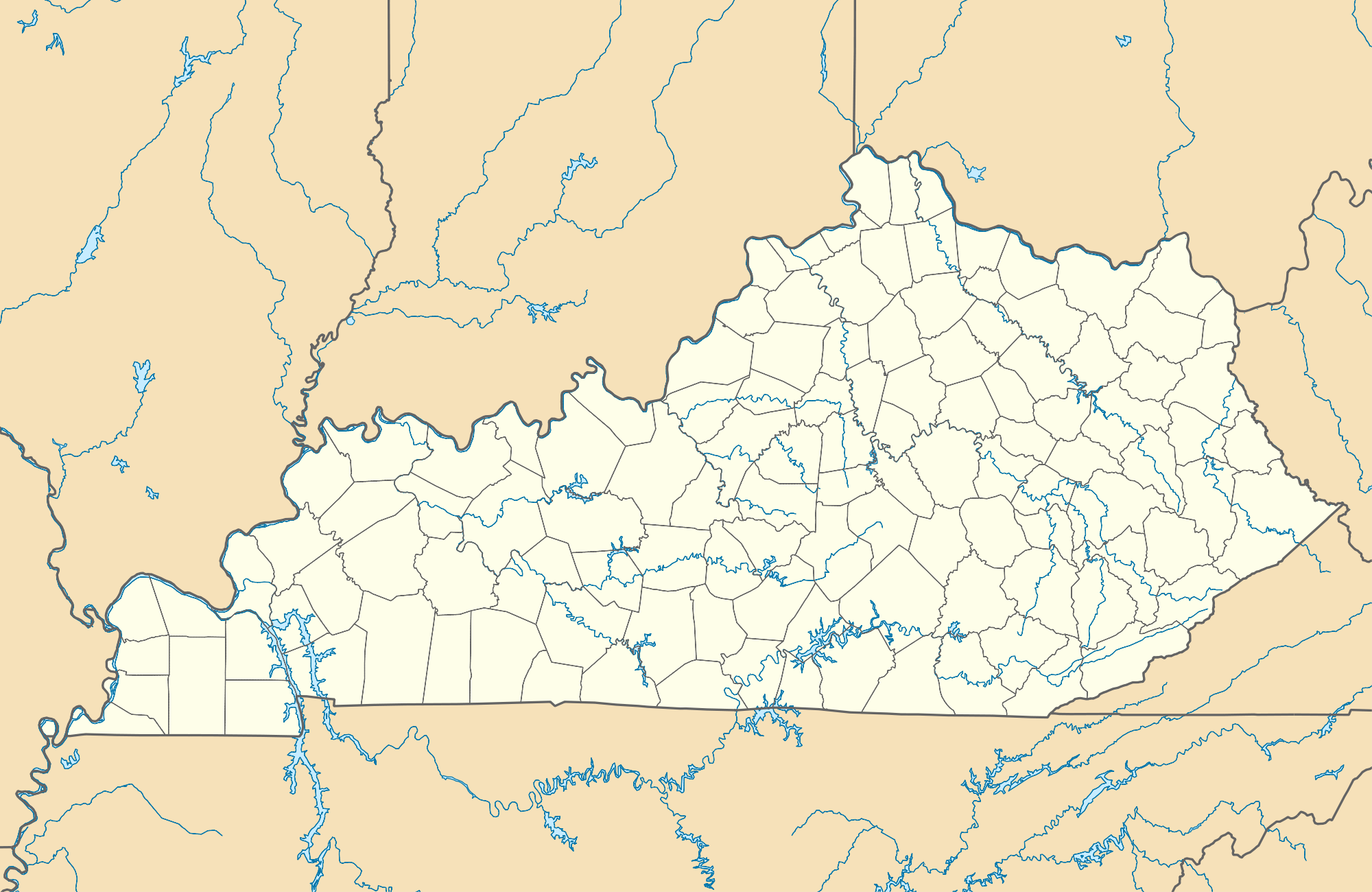Kentucky is not only known for horse racing, bourbon, moonshine, and coal, it’s also known for its Civil War battles and historical must-sees.
There were many battles fought in Kentucky. Here’s a brief overview of the 13 Civil War battles fought in this state.
1. Barbourville (September 19, 1861)
Victory: Confederate
Deaths: 1 Union and 7 Confederate
As a point of reference, this could be seen as the first Civil War battle in Kentucky. This skirmish took place in Barbourville, Kentucky, when about 800 Confederate troops were sent to the Union’s camp to break up the training camp. On the morning of the 19th, the found the trainees were no longer there. A small home guard force protecting the camp met the Rebels, and a sharp battle ensued. After moving forward, the Confederates destroyed the training camp.
2. Camp Wildcat (October 21, 1861)
Victory: Union
Deaths: 25 Union and 53 Confederate
Nearly a month later, the Battle of Camp Wildcat (also called the Battle of Wildcat Mountain) happened when the Confederates tried to counter the Unionist’s activity in the area. The battle began when the Unions ran into the Confederates on the Wilderness road. Union had 7,000 troops and the Confederates had 5,400.
The Confederate attacked up the steep hill but after an hour of fighting, they decided to retreat. Soon thereafter Union reinforcements arrived, forcing the second infantry to retreat as well.
3. Ivy Mountain (November 8-9, 1861)
Victory: Union
Deaths: 6 Union and 31 Confederate
Heavy rain fell as the Union walked up Ivy Mountain. About 250 Confederate soldiers were 100 feet up the hill and shot at them as the climbed. Right after this, Brig. Gen. William “Bull” Nelson stepped upon a rock and said, “that if the Rebels could not hit him they could not hit any of them.” He sent men up the mountain to flank the Confederate and, at the same time, set artillery at the bottom to distract them.
Once the soldiers got to the top, they pushed boulders down the mountain and scattered the Confederates.
4. Rowlett’s Station (December 17, 1861)
Victory: Inconclusive
Deaths: 40 Union and 91 Confederate
An open land battle, each side met when a Union picket discovered Confederate skirmishers. The Union had fewer than 500 men when the Confederate (1,300 troops) stormed their lines. Hand-to-hand fighting ensued. The Union Army held its objective of protecting a railroad bridge across the Green River when Union reinforcements where on the way.
5. Middle Creek (January 10, 1862)
Victory: Union
Deaths: 27 Union and 65 Confederate
Heading out at 4:00 a.m., the Union marched a mile and fought off the Confederate cavalry. Then they attacked Marshall, a general with more than 2,000 men. Fighting began around noon and continued through the afternoon until Union reinforcements arrived in time to dissuade the Confederates from further fighting.
RELATED: History of Middle Creek
6. Mill Springs (January 19, 1862)
Victory: Union
Deaths: 39 Union and 125 Confederate
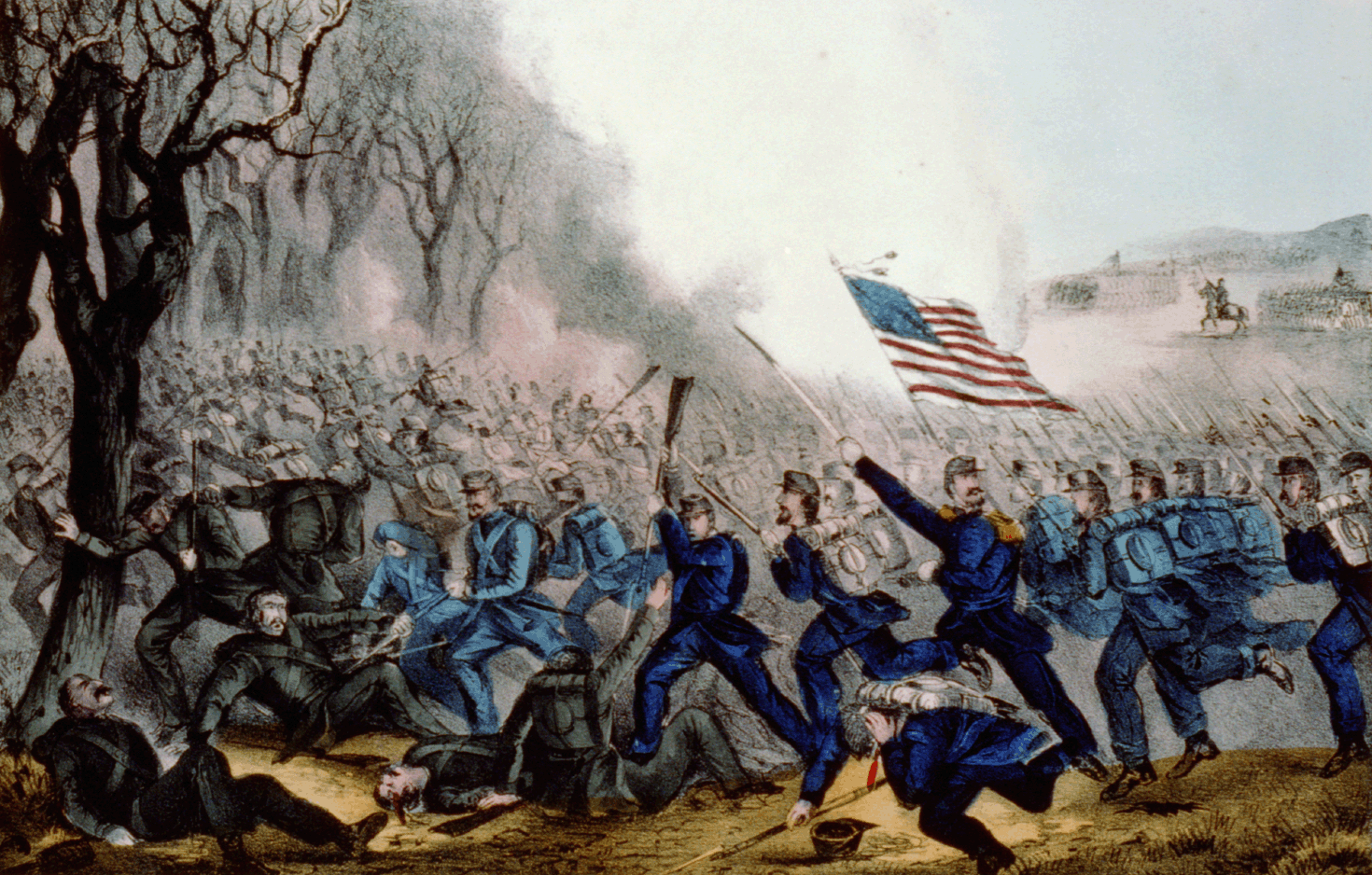
7. Richmond (August 29-30, 1862)
Victory: Confederate
Deaths: 206 (4,303 captured) Union and 451 Confederate
The Confederate cavalry, while moving north encountered Union troopers and they began skirmishing. Union brought artillery which caused the Confederate to retreat. At that time, the Union was commanded to march toward the Confederate. Many troops march to the Confederate, dispersing Union skirmishers. As the day progressed more troops came to aid both sides. But the Confederates were too strong and dispersed the Union. The Confederates captured many Union soldiers — a big win for them.
8. Munfordville (September 14-17, 1862)
Victory: Confederate
Deaths: 4,148 Union (many of these were captured) and 714 Confederate
The intent of this move was to force Union soldiers to surrender and take control of their supply lines. The Confederate did this by marching 25–35 miles at night to the Union fortress. The Confederates sent a demand for the Union to surrender and showed them that the Confederates had 45 cannons and 25,000+ infantry. They agreed to surrender. Even though they captured over 4,000 Union soldiers, it didn’t do much other than slow them down. The Confederate general Bragg had little overall vision for the war and reacted from event to event.
9. Perryville (October 8, 1862)
Victory: Union
Deaths: 894 Union and 532 Confederate
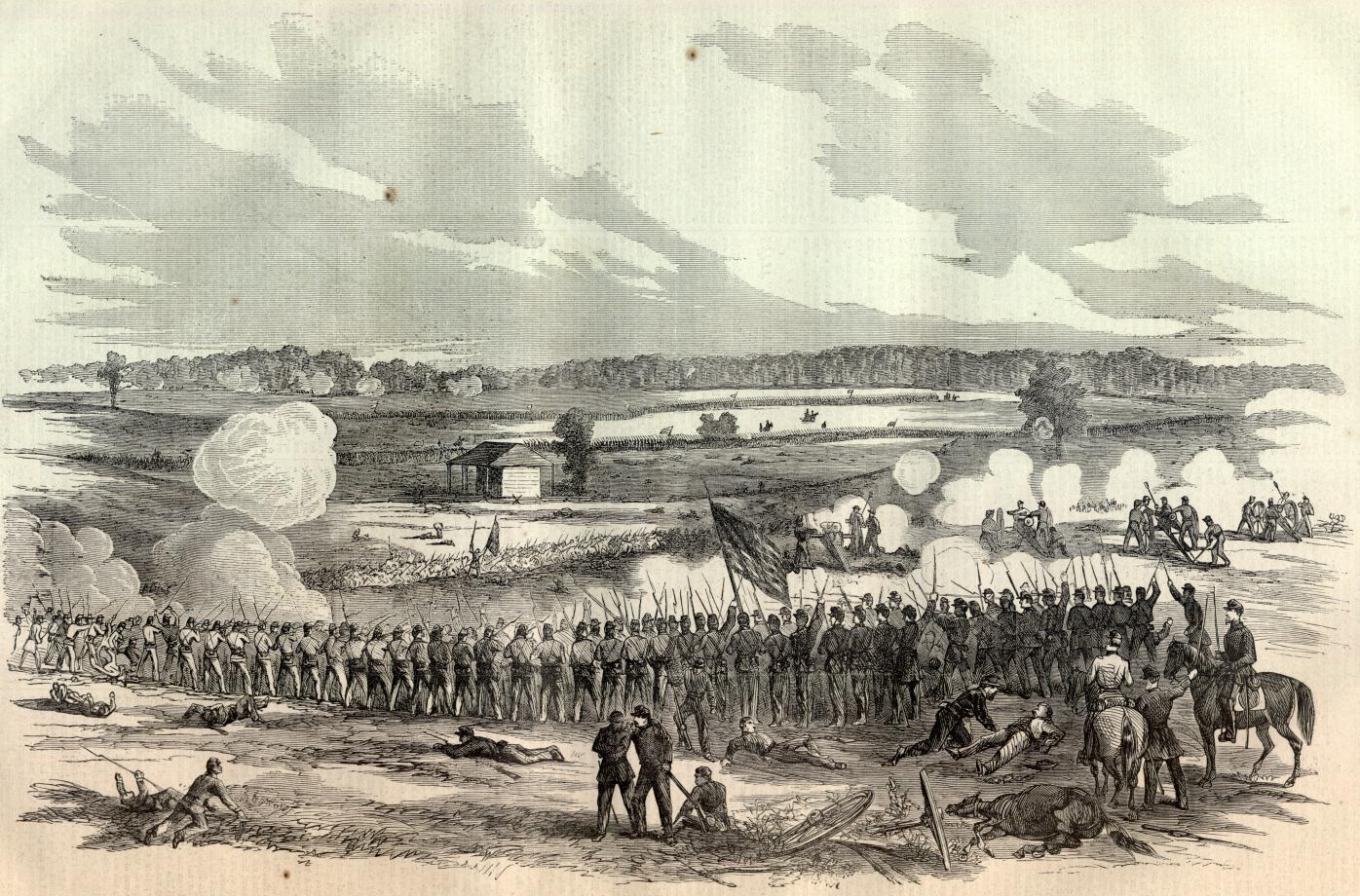
First shots were fired before 2 a.m. Later in the morning, the Union believed the Confederates were starting to retreat, which increased the surprise of their attack later in the day. Meanwhile, the Union strategically positioned itself to attack the Confederates.
RELATED: The Bloodiest Civil War Battle In Kentucky
Attack from the Confederate right
Attacks first began on the right. Maj. Gen. Benjamin F. Cheatham shouted, “Give ’em hell, boys!” One of the enduring legends of the Civil War is that Gen. Polk was nearby and seconded the cheer: “Give it to ’em boys; give ’em what General Cheatham says!” In about 30 minutes, the Union lost 219 of its 370 men.
When one of the Union generals was killed, the command fell to another general who commanded his 770 troops to go downhill to protect his artillery. Many were killed by the 1,800 Confederates.
At another moment, 200 Union men were in a 10-foot cornfield. They charged with bayonets but were squashed by the Confederates. In addition, there were many ally casualties because they were retreating.
The guns were discharged so rapidly that it seemed the earth itself was in a volcanic uproar. The iron storm passed through our ranks, mangling and tearing men to pieces. The very air seemed full of stifling smoke and fire, which seemed the very pit of hell, peopled by contending demons. — Private Sam Watkins, 1st Tennessee
Around 5:30 p.m. and ensuring the next three hours was the bloodiest of the battle.
Attack from the Confederate center
At the same time the attack on the right was happening, the attack from the center ensued. Due to an optical illusion of the hills, thy miss calculated and was unable to successfully attack the Union.
Attack from the Confederate left
Orders given to Confederate soldiers did not distribute completely to everyone and friendly fire made their lines fall apart while attacking. They reached and set fire to a barn. Some wounded Union soldiers burned to death when they sought refuge in the barn.
Only a few hundred yards away were some 30,000 Union soldiers ready to fight, but they were not directed to the battle. Why? That stands to be a controversy to this day. The commander claims that he thought the Union was practicing with artillery.
10. Somerset (or Dutton’s Hill) (March 31, 1863)
Victory: Union
Deaths: 10 Union and 290 Confederate
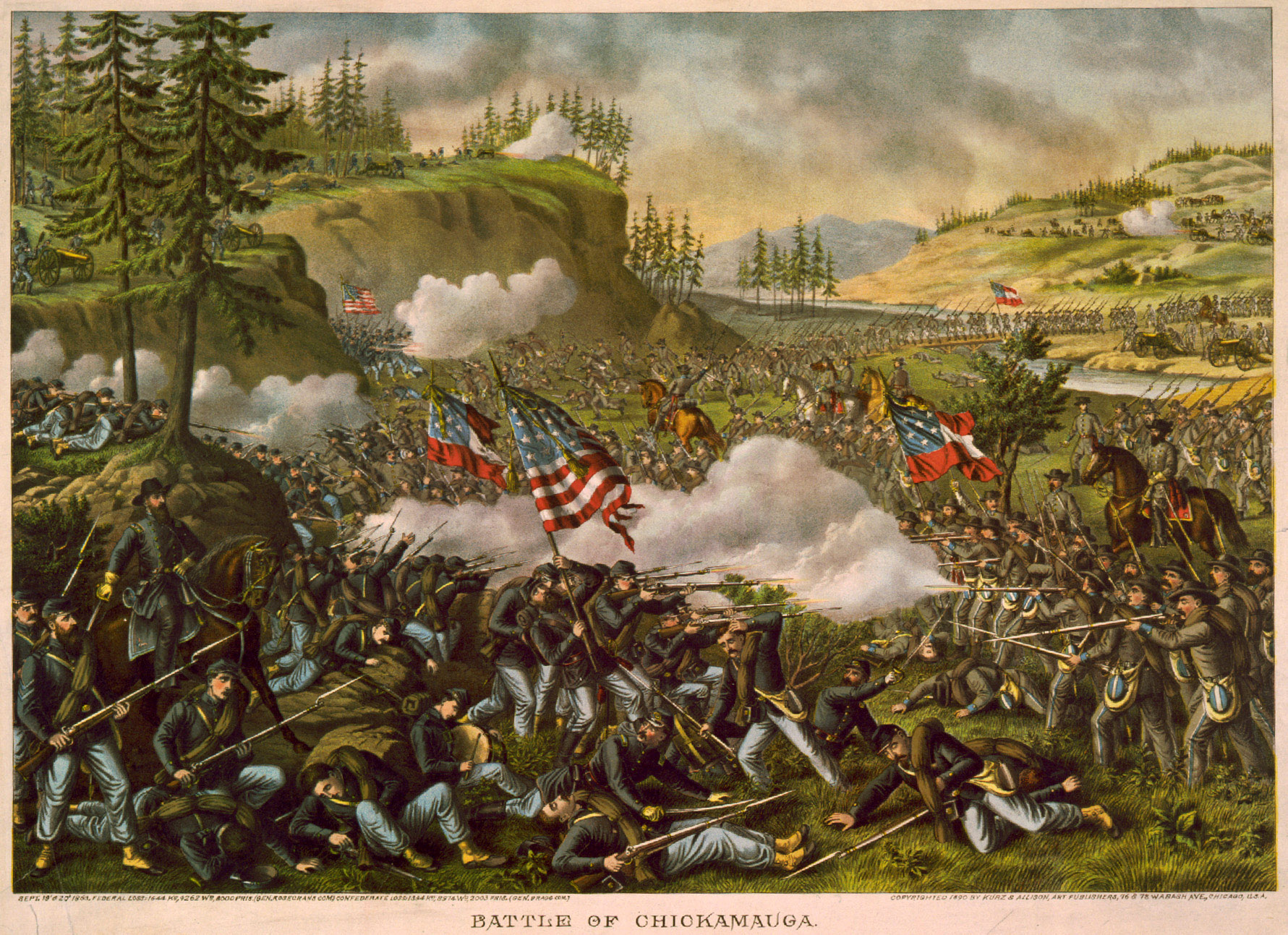
11. Lebanon (July 5, 1863)
Victory: Confederate
Deaths: 41 Union and Unkown Confederate
The Confederate fought for six hours to overcome the small Union regiment. With minimal time to prepare, a Union Lt. Col. quickly deployed his 350 – 400 men from the infantry behind overturned wagons, erected barricades, fences, and other cover to formally request that the Union surrender. They refused and the Confederate pushed the Union through the streets setting the buildings on fire.
12. Paducah (March 25, 1864)
Victory: Confederate
Deaths: 90 Union and 50 Confederate
With a force of just under 3,000 men, the Confederate set out for set out from Columbus, Mississippi. He was supposed to recruit soldiers, re-equip his men with supplies, and disrupt Union activities. He reached and occupied the town on March 25. But The Union — who were in the town — fleed and they begin shelling the area with their gunboats.
While the Union hid, the Confederates took as much as they could from the town. After they attacked the Union soldiers. In doing so, the missed needed horses. They gained needed supplies but didn’t do much more because they didn’t take control of the fort.
13. Cynthiana (June 11-12, 1864)
Victory: Union
Deaths: 1,092 Union and 1,000 Confederate
Early in the morning, 1,200 Confederate troops approached Cynthiana while 300 Union forces were at the town. The Confederates separated and attacked from the south and east. They set fire to the town because they didn’t have artillery. They destroyed thirty-seven buildings and killed some of the Union troops.
While the fighting happened, another Union force of about 500 men arrived by train about a mile north. The Confederate eventually trapped these 1,300 soldiers on the shore of the river.
Another battle happened the next day when the Confederates stayed and more Union forces came. They came and pushed the Confederate forces so many were captured or killed. There’s no confirmed casualty rate, but it’s assumed that Union was 1,092 men and the Confederate was about 1,000 men.
The Battle of Middle Creek was a tragic example of the fratricidal, neighbor-against-neighbor warfare that characterized the struggle for Kentucky. Read about the history of this battle, see reenactments, and the preservation of this site.
